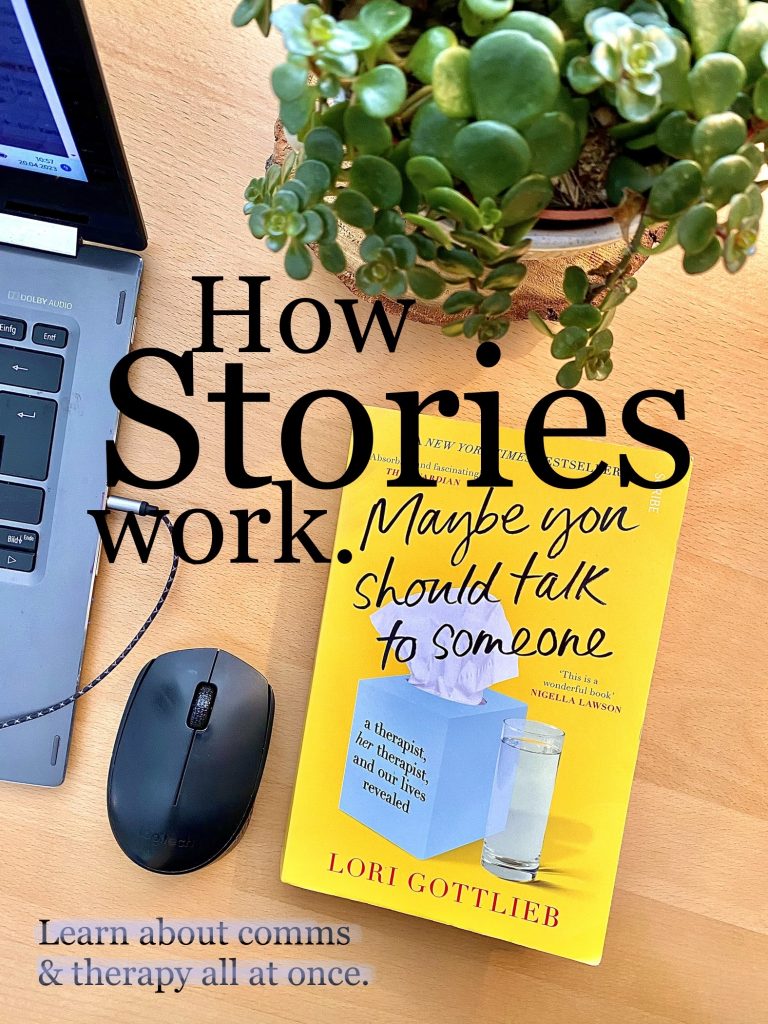HOW DO YOU FIGHT AN EMPIRE? | “This is the only place they’re being held accountable, and we did it.” | Harlem, Hudson, High Line, Washington Heights – all of that will sound familiar. While the #Sackler Wing, in one of the 4 (!) largest museums of art worldwide, might not. Now that name is gone, in a precedent of accountability (but still years after the Louvre took action), and for a good reason. Scene cut.
18, just out of school, I learn a few things about the United States of America, its largest city and myself. But I have no way of knowing about the Sackler empire. And in 2015, photographer and activist Nan Goldin isn’t real either. I’m alone in New York City, hiking for kilometres with sparks in my eyes, pastels and paper in my pocket, and a little camera one grip away. In between responsibilities that enable me to be here; hit by the dissonance between the worlds of marmor-clad-and-gold-inset galleries by day, and the shadow of parks and street corners by night.
Six years later, in 2021 (!), after 4 years of campaigning by P.A.I.N. (Prescription Addiction Intervention Now), after 400,000+ deaths from opioid painkillers across the States, New York‘s Met removes the Sackler name from seven exhibition spaces. And that’s not the end of the story. The beginning: Purdue, owned by the Sackler families, “deliberately changed the way opioids were prescribed”, exaggerating the benefits of OxyContin to boost sales, fuelling addiction. A topic clad in #stigma. Then in 2019, facing 3,000 lawsuits, having taken 10bln $ out of the company, bankruptcy is declared. P.A.I.N. continues fighting. HOW they do it, glued me to the cinema seat yesterday.
I’m also asking you to think about: what can art teach us? And how do we talk about activism in business circles? Like here. What makes you connect to a cause? I did because of the particular (NYC is part of my inner fabric), and cause injustice and pain are universal.

So how do you fight against an empire? Let’s paraphrase a few ingredients from this story (without spoiling it all): the artist, the bottomline, the creative ideas, the lawyer, the team.
- Take a famous artist, with a calm and articulate demeanour, a wildness about her, and art that the Guggenheims of this world want to exhibit. Nan. Telling the museums she won’t exhibit her work there, if they don’t e.g. refuse a grant by the family. Living out the legacy of her sister. (Don’t have a world-famous artist? Find one, I guess.)
- Remember the bottomline. “Death is the bottomline of this, and that should be reminded.” Know what you’re standing for.
- Make old medication bottles with changed labels float in the fountain of the Met, below glass walls, in front of the Temple of Dendur from the first century B.C. Make papers rain under the dome of the Guggenheim. With the crowds joining in. “What if we made a bunch of prescriptions and threw them back at them?” Powerful actions.
- Get a pro-bono lawyer on board, though chances at success are bleak. There’s a reason this story is NOT about the levers of the justice system. (PS: everyone from Italy will understand this even more)
- Join an “I’m with you”-team, like the one convened by Nan at her home (and I think that was key, meeting at a home), planning the key messages, preparing materials, holding each other through court hearings and terrifying stalking, not stopping at a demand fulfilled, not giving up.
//\\//\\//\\//\\//\\//\\//\\//
The film „All the beauty and the bloodshed“ tells the story of it and more. Retracing Nan’s tragic family history, the youth of a rebellious artist, the AIDS epidemic. In the cinemas, since May 25th (at least over here it is). I think it can teach us a few things about society, far beyond the topic. And maybe even fuel your own work 🙂
“People are beginning to rethink how we do things.” Whatever you do, make sure you contribute to that happening. Think about which stories are important not just to you, but to society. Be bold, just like an artist.
Hi! I’m a comms professional and creative for social impact. On my CV, I have life experience in leadership. Off it, I know about some hard edges of life. Through it all, I write to connect the dots and help bring out the best in people.
Reach out via LinkedIn or Email if you’re now feeling a tingle of connection, excitement, thirst for more. Or go back to the Blog to keep exploring.





 ] Storytellers, anyone? “In therapy we say: Let’s edit your story.” I’m inspired by people who do courageous things, who tell honest stories, or even help to change them. And by great content editors, but that’s a different…story.
] Storytellers, anyone? “In therapy we say: Let’s edit your story.” I’m inspired by people who do courageous things, who tell honest stories, or even help to change them. And by great content editors, but that’s a different…story.


